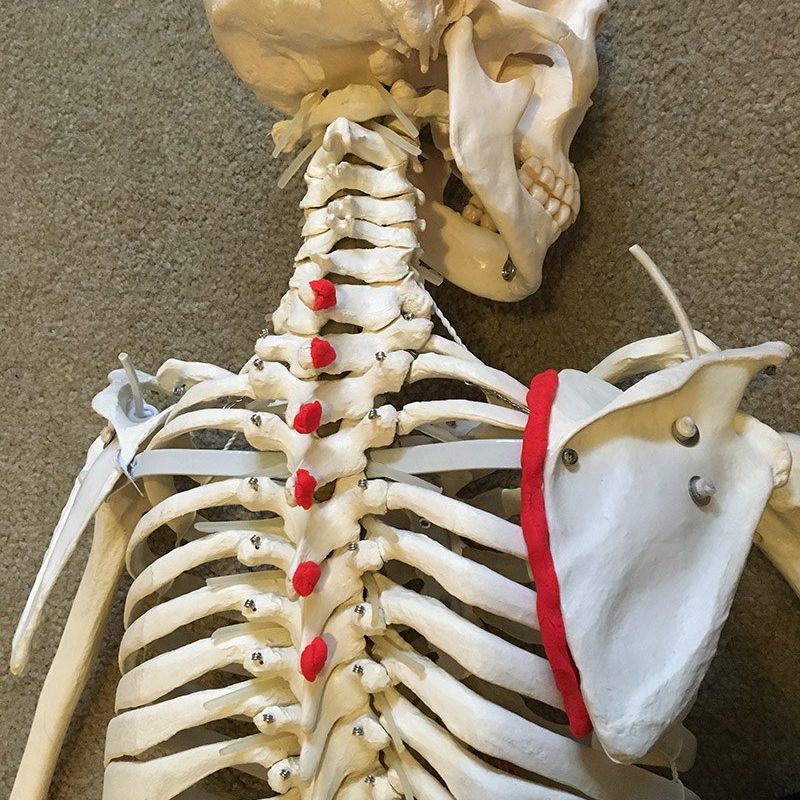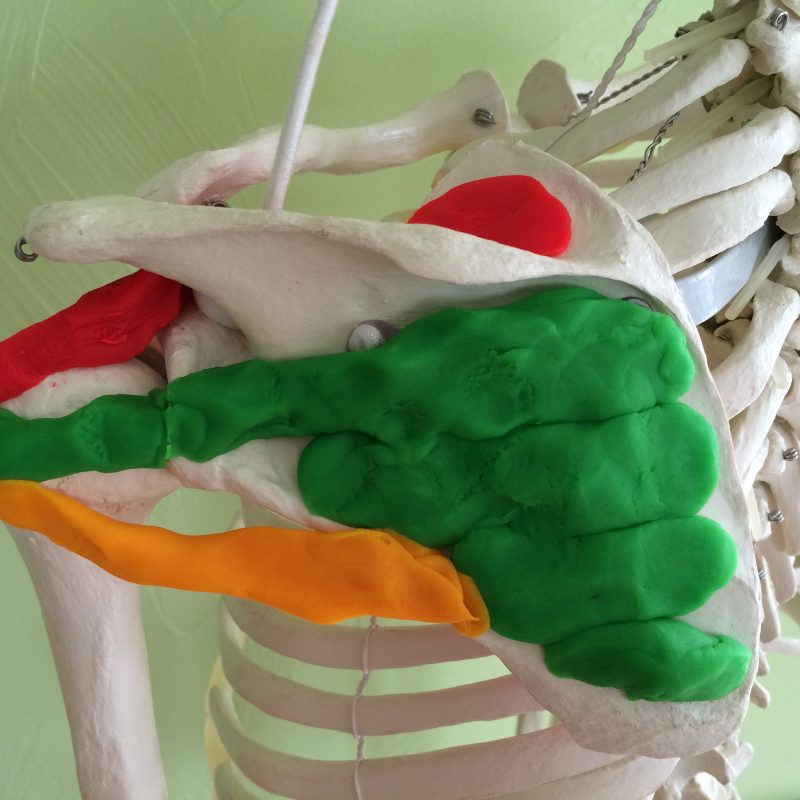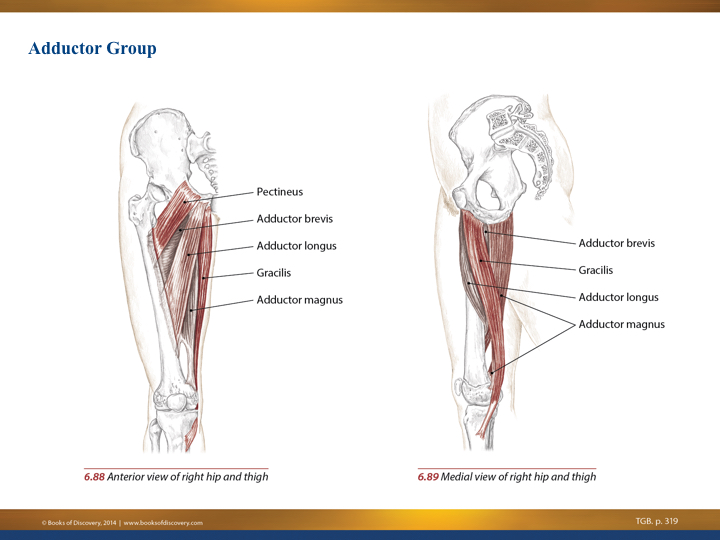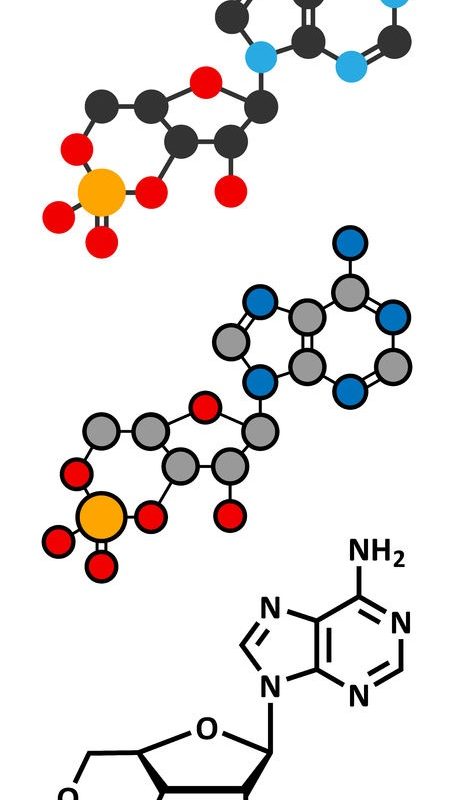Generally when people say “stability” they mean strength. They sometimes mean the “smaller” muscles in the body. With 600 muscles in the human body there…
READ MORE

Generally when people say “stability” they mean strength. They sometimes mean the “smaller” muscles in the body. With 600 muscles in the human body there…
READ MORE“Ready, get set, go!” Does this phrase excite you or make you want to crawl under a rock? Some people love competition. Others run from…
READ MORE
THE BODY’S PROTECTIVE ROLE AGAINST XENOBIOTICS From my article on body fat we learned:3 As discussed earlier fat cells serve a purpose to capture excess…
READ MORENow that we are in the swing of 2016, we are no doubt observing what I refer to as “The January Effect”: an influx of…
READ MORE
The purpose of this article is two-fold, first to review the fact that we live in a toxic environment and that fat cells are used…
READ MORE
The rotator cuff is a group of four muscles that all attach from the superior (upper) humerus to the scapula bone in different places. Three…
READ MORE“All things in moderation.” This oft-cited phrase is believed to date from ancient times and remains relevant today.
READ MOREWe know that exercise has the power to change our outward shape. But the findings of a new study offer insight into how it changes the shape…
READ MOREReady or not, here it comes…November 2015, 1 year until the next presidential election. Already we are being inundated with candidates, conventions, and more than…
READ MORE
As seasoned personal trainers, we have witnessed the coming and going of a seemingly endless parade of fitness formats. From high-impact aerobics of the early…
READ MORE
Adduction is the movement of a body limb toward the mid-line. In the hip, it’s the action of the femur (leg) coming closer to the…
READ MORE
This article will convey a proven technique of altering diet and exercise that affects the natural processes for muscle gain and fat loss. Further, the…
READ MORE